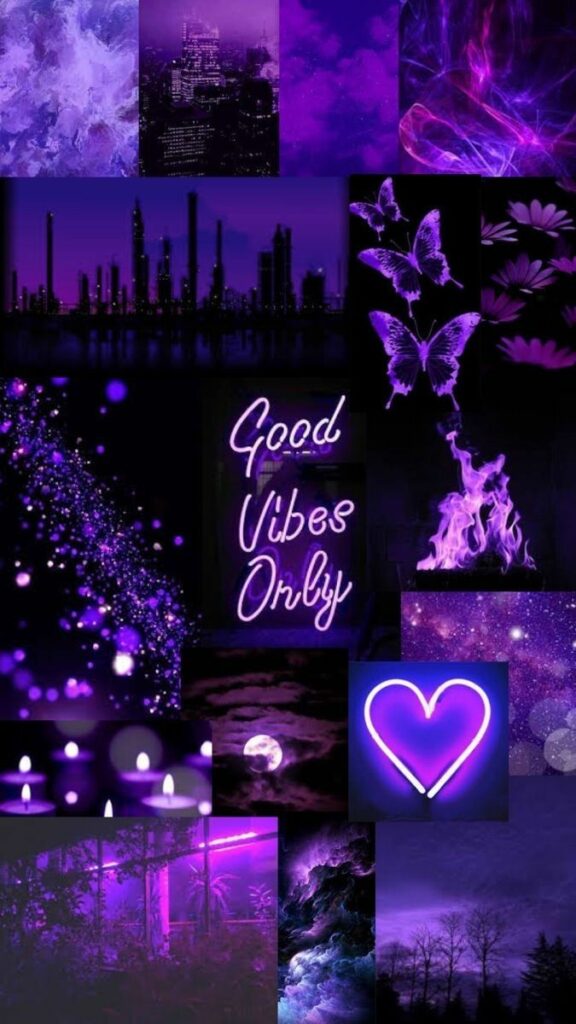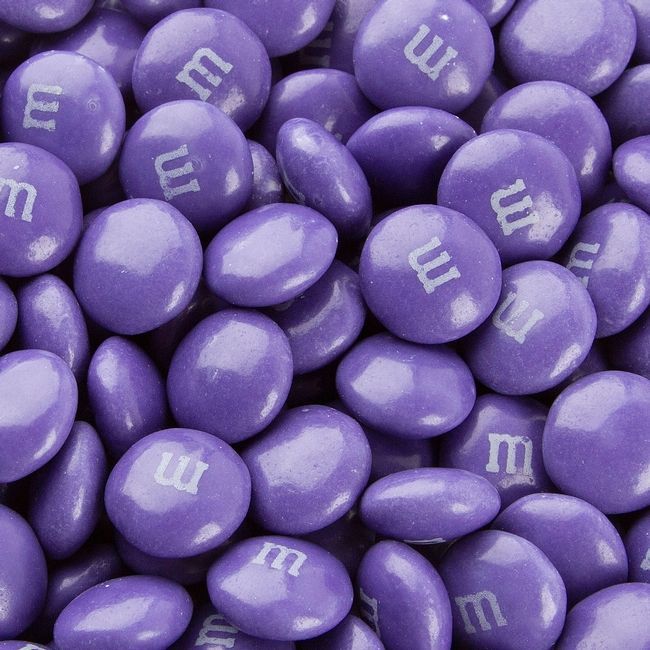The Science Behind the Aesthetic of Purple: Exploring its Meaning and Symbolism
At its core, the color purple is a combination of the calm stability of blue and the fierce energy of red. This rich hue has captivated humanity for centuries, inspiring artists, designers, and even scientists to explore its beauty and potential.
At first glance, purple is a color that is often associated with luxury, royalty, and sophistication. However, its symbolism runs deeper than just surface-level aesthetics. In this article, we’ll explore the science and psychology behind the color purple, and why it has become such an iconic hue in the world of design and branding.

The Color Purple in Nature
Purple is a relatively rare color in the natural world, which makes it all the more captivating. One of the most iconic examples of purple in nature is the lavender plant, which has been used for centuries in herbal remedies and perfumes. In addition, several varieties of orchids, violets, and irises also showcase this beautiful hue.
Purple in Art and Culture
Throughout history, purple has been associated with royalty and nobility. In ancient Rome, only the emperor and members of his family were allowed to wear purple clothing. This is because the dye used to create purple fabric was incredibly rare and expensive, making it a symbol of power and prestige.
In the world of art, purple has been used to convey a range of emotions and moods. The Impressionist painter Claude Monet was particularly fond of the color, using it to capture the dreamlike quality of his gardens and water lilies.

The Psychology of Purple
As a color, purple has a unique psychological impact on people. It is often associated with creativity, imagination, and spirituality. In fact, many religious figures throughout history have been depicted wearing purple robes or garments, symbolizing their connection to the divine.
In addition, purple is also associated with calmness and serenity. This is why it is often used in meditation and yoga practices to help individuals achieve a state of inner peace and relaxation.
Purple in Branding and Design
The use of purple in branding and design is no accident. Companies like Yahoo, Cadbury, and Hallmark have all chosen purple as a primary color in their logos and marketing materials. This is because purple is often associated with innovation, creativity, and sophistication.
Furthermore, purple has been shown to be an effective color for marketing to women. In a study conducted by Joe Hallock, purple was found to be the second most preferred color among women, after blue.

The Future of Purple
As technology continues to advance, the possibilities for creating and using the color purple are endless. From holographic displays to neon lighting, purple has the potential to be used in ways that we’ve never even imagined.
In conclusion, the color purple is a complex and fascinating hue that has captured the imagination of humanity for centuries. Its symbolism and psychology run deep, making it a popular choice for branding, design, and even spiritual practices. As we continue to explore the science of color and its impact on our lives, it’s clear that purple will continue to play a prominent role in our visual landscape for years to come.

Some interesting articles for your attention:
How to Use Aubergine Color in Your Design Palette
What is Ecru Color and How to Use it in Your Designs
Different Shades of Bronze Color


[…] The Science of Purple Aesthetic […]
[…] The Science of Purple Aesthetic […]